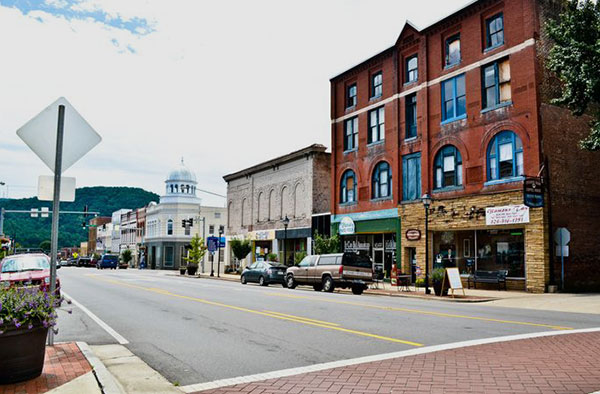Marion North Carolina
“Where Main Street Meets the Mountains”
Town of Marion NC
Marion North Carolina sits at the foot of the Blue Ridge Mountains and the High-Country Region in McDowell County. Marion is only 30 miles from Mount Mitchell and 25 miles from Linville Caverns. Two heavily visited attractions nearby to Marion NC. A contemporary rest area located on the US 221 bypass west of Marion serves as a welcome center for visitors to the area. The rest area and visitor center is staffed with travel counselors to provide visitor information, it also has picnic facilities and vending machines on the premises. Marion’s Main Street and downtown area is lined with historic buildings, churches, the courthouse, restaurants, shopping and more.
History of Marion NC
Marion was named after the American Revolutionary Brigadier General war hero, Francis Marion “Swamp Fox”. The town was planned March 14, 1844 at the Historic Carson House.
Marion began to grow with the topography of the land and the many wagon trails emerged with the town growth. Main Street and Court Street were the first public streets established in town. Horses, mules, and wagons were all used to help build the first streets in town long before the first train.
Marion was the “end of the line” west for the new railroad, and the old stage coach road west wound around from the end of Main Street winding by the pastures to the Catawba River.
The Southern Railway constructed a railway line westward through Marion to Asheville to help link the Greensboro‐Knoxville line; and in 1908, the Clinchfield Railroad competed its track through the Blue Ridge Mountains to Marion. Marion was at the junction of two railroads linking north to south and east to west. Convenient freight shipping made Marion an attractive location for a number of industries looking establish operations in the region. By the early twentieth century, three large industries including Marion Mill, Clinchfield Mill, and Cross Mill had established operations in the area. The mills not only provided jobs, they were responsible for installing water and sewer infrastructure, streets, sidewalks, parks and homes for employees and their families.


